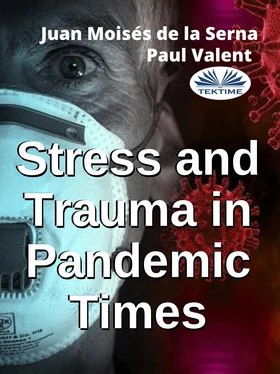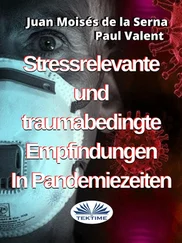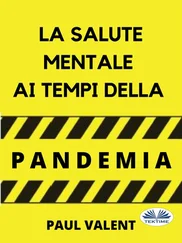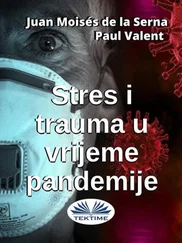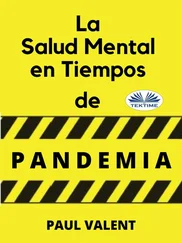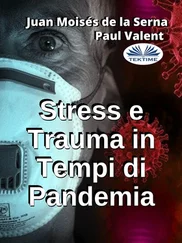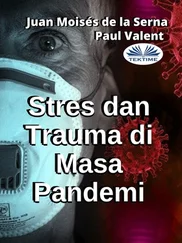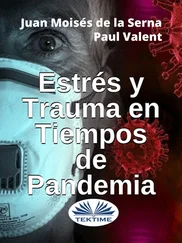The Holocaust
The Holocaust was the most total and widespread persecution of a people in history. It led to the deaths of six million Jews. The consequences of this genocide were well documented and have been followed now over three generations.
In the lead-up to their annihilation, psychiatric illnesses, suicides, hypertension and angina were reported to have increased. In concentration camps up to half the prisoners just died within weeks. Some, called musselmen, hovered between life and death. They were emaciated, old-looking people, emotionally numb, and cognitively deficient. Their survival reflexes disappeared and they appeared as silhouettes of humanity. Most died. They resembled those suffering combat exhaustion, but they were traumatised through another, ultimate level.
Those who survived the Holocaust did so through a combination of luck and intense resolve, hope, and maintenance of meaning. Nevertheless, post-war they suffered a range of biological, psychological and social illnesses. Over subsequent decades their morbidity and mortality rates were higher than for the rest of the population.
Psychological sequelaeof the Holocaust, huge as they were, were once again denied for two decades. Initially physical symptoms were acknowledged. Eventually it was obvious that Holocaust survivors suffered a wide plethora of symptoms and problems.
Survivors were tormented by irreconcilable losses, survivor guilt, rage, despair, depressions, psychosomatic illnesses, and loss of meaning and purpose. They attempted to find meaning in quick marriages, having children, and hard work.
Children. Nine-tenths (one and a half million) Jewish children were murdered in the Holocaust. Most who survived were separated from their parents, hidden by strangers. The children numbed their feelings, were supremely obedient, and lived day by day awaiting a miraculous end to their suffering.
Post-war, children were denied recognition of their sufferings. They had to deal silently and unknowingly with their war experiences, which, unrecognised, still pervaded them. They dealt silently with losses of their childhoods and their dreams. Like one of the authors (PV), child survivors of the Holocaust were recognized only in the 1990s when the children were in their fifties (Valent, 1994). It was only then that they started to process their traumas.
Second generationsurvivors were greatly influenced by the Holocaust through their parents. They carried negative emotions, sensations, images, judgements, and attitudes that were incomprehensible to them, as their parents often maintained a conspiracy of silence about their experiences and what the children signified for them.
Perpetrators and their children.Nazi Germany produced extremes of violence and atrocities, but they could occur elsewhere, such as the atrocities that were documented in Vietnam.
Antecedents of violence are as wide as those for trauma. They include poor family relationships, deprivation, poverty, social turmoil. They can harness fear, group pressure, dehumanisation, and opportunism to commit atrocities that would be abhorrent in normal circumstances (Valent, 2020).
Children of perpetrators have a dilemma. They can either identify with their parents and grandparents as some neo-Nazis do, or they need to painfully disassociate from them.
Physical Assault, Domestic Violence; Sexual Violence
In the 1980s millions of people were documented to be victims of violence annually in the U.S. Two million cases of child abuse and neglect were reported annually. 3.3 million children witnessed spouse abuse annually.
Assaults are traumatic. For instance victims of domestic violence suffer not only PTSD, but shattered core beliefs of safety, trust, self-belief, self-judgements and views of a moral universe as well.
In 2002 the World Health Organisation estimated that 73 million boys and 150 million girls under 18 were sexually abused. In the U.S. 11% girls and 4% boys in high schools had been sexually abused. By college, a sixth of college women were victims of rape. Sexual violence, especially of children is especially virulent, as it shatters self-esteem, identity, intimacy, love, creativity, and fulfillment. Worse still, abuse of children leaves them unable to consciously process what happened to them and the reasons for their intense problems. Even if they knew, and complained, children have been often disbelieved and blamed for their problems.
Dying and Bereavement
Everyone needs to face death of oneself and of others. In normal circumstances one traverses the stages of loss- shock, denial, pining, grief, and acceptance.
Traumatic deaths are especially distressing because they are meaningless and purposeless. They are absurd, without morality, honour, point, or rounding out of a poignant story. Such deaths and bereavements are difficult to grieve and accept. They often lead to unresolved grief, depression, and a variety of biopsychosocial dysfunctions.
Summary
Different traumatic situations emphasised different aspects of stress and trauma. Disasters taught us that traumatic situations have pre-impact, impact, post-impact, and recovery phases, though distress could remain over decades. We learned that there are primary and secondary victims, such as medical personnel. We need to pay attention to different age groups (especially not forget children), and subsequent generations.
Combat psychiatry emphasised reliving and suppression of fight and flight circumstances. Sexual abuse and the Holocaust emphasised the pervasive biopsychosocial and spiritual consequences of trauma over time and generations.
Common themes emerged from different traumatic situations. First, each traumatic situation was initially denied. Next, the victims were blamed. When recognized, physical symptoms were the first to be identified. Mental consequences were denied till they were too obvious to ignore.
Though different situations bore particular badges, for instance combat highlighted PTSD and loss highlighted depression, each traumatic situation contained a parade of a wide variety of symptoms, which could over time gel into one or more physical, psychological, or social dysfunctions.
Traumatic situation could cascade over time, places, and persons. Further, these consequences radiated from instincts to political, ideological and spiritual dimensions. For instance, Hitler blamed Jews for Germany’s travails.
The COVID-19 pandemic is another traumatic situation. We will examine its manifestations, and then see what collective wisdom we can glean about them.
Конец ознакомительного фрагмента.
Текст предоставлен ООО «ЛитРес».
Прочитайте эту книгу целиком, на ЛитРес.
Безопасно оплатить книгу можно банковской картой Visa, MasterCard, Maestro, со счета мобильного телефона, с платежного терминала, в салоне МТС или Связной, через PayPal, WebMoney, Яндекс.Деньги, QIWI Кошелек, бонусными картами или другим удобным Вам способом.
